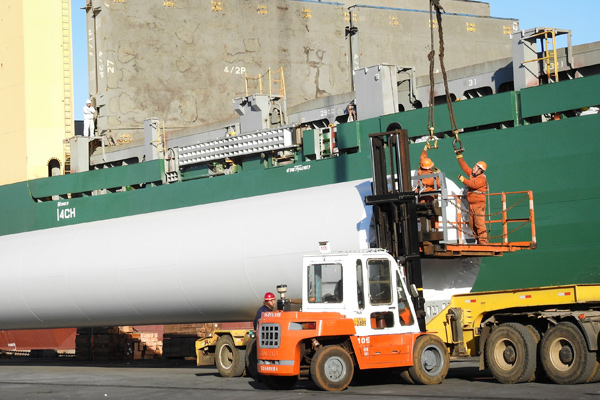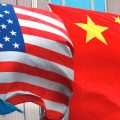
Improved domestic demand helps revive economic momentum in China
China’s imports jumped 20.9 percent year-on-year to 11.29 trillion yuan ($1.71 trillion) during the first 11 months of the year, on the back of strong domestic demand for commodities, electrical and mechanical products, the General Administration of Customs said on Friday.
The country purchased 991 million metric tons of iron ore, 386 million metric tons of crude oil and 60.7 million metric tons of natural gas from the global markets during the period, up 6 percent, 12 percent and 26.5 percent from the same period a year ago.
Gao Peiyong, director of the Institute of Economics at the Chinese Academy of Social Sciences in Beijing, said the import scenario remains promising as demand for and prices of big commodities have been rising. It also showed that the recovery in the domestic market has remained stable.
Eager to support its ongoing industrial upgrading boom, China also imported 5.22 trillion yuan worth of mechanical and electrical products, up 14.7 percent from the same period a year earlier, including 1.13 million units of vehicles.
China’s foreign trade volume rose 15.6 percent year-on-year to 25.14 trillion yuan between January and November of 2017, while exports increased 11.6 percent to 13.85 trillion yuan. The trade surplus shrank 16.7 percent to 2.56 trillion yuan during the same period.
Both the trade volume and the share of private enterprises increased, as their combined volume rose 16.9 percent year-on-year and accounted for 38.5 percent of the total, larger than the share for the same period of 2016.
“Many opportunities also arose from the country’s growing demand for consumption-related products and services, diversified market channels created by the Belt and Road Initiative and free trade deals with partner countries, as well as the hunger for more homemade sophisticated industrial products,” said Gao Feng, the Ministry of Commerce spokesman.
He said cultivating new growth points via technology upgrades, high-end foreign machinery imports and investment has become integral for China to boost its economy.
Despite rising protectionism and anti-globalization sentiment, China’s imports and exports with its major trade partners remained strong.
The country’s trade volume with traditional markets including European Union, the United States, Japan and the Association of Southeast Asian Nations, saw 16.2 percent, 16.5 percent, 13.8 percent and 18.4 percent growth on a yearly basis.
Eager to accelerate the pace of opening-up and boosting global trade, China will hold its first international import expo in Shanghai in November next year, as well as continue to optimize its range of products and approach to the global market through new trade routes and regional cooperation arrangements.
As part of its efforts to enhance its trade ability with other partners, the Ministry of Commerce said on Thursday that China and Canada have nearly completed the feasibility studies for a free-trade agreement after more than a year of talks.
China has so far inked 15 free trade agreements with 23 countries and regions.


